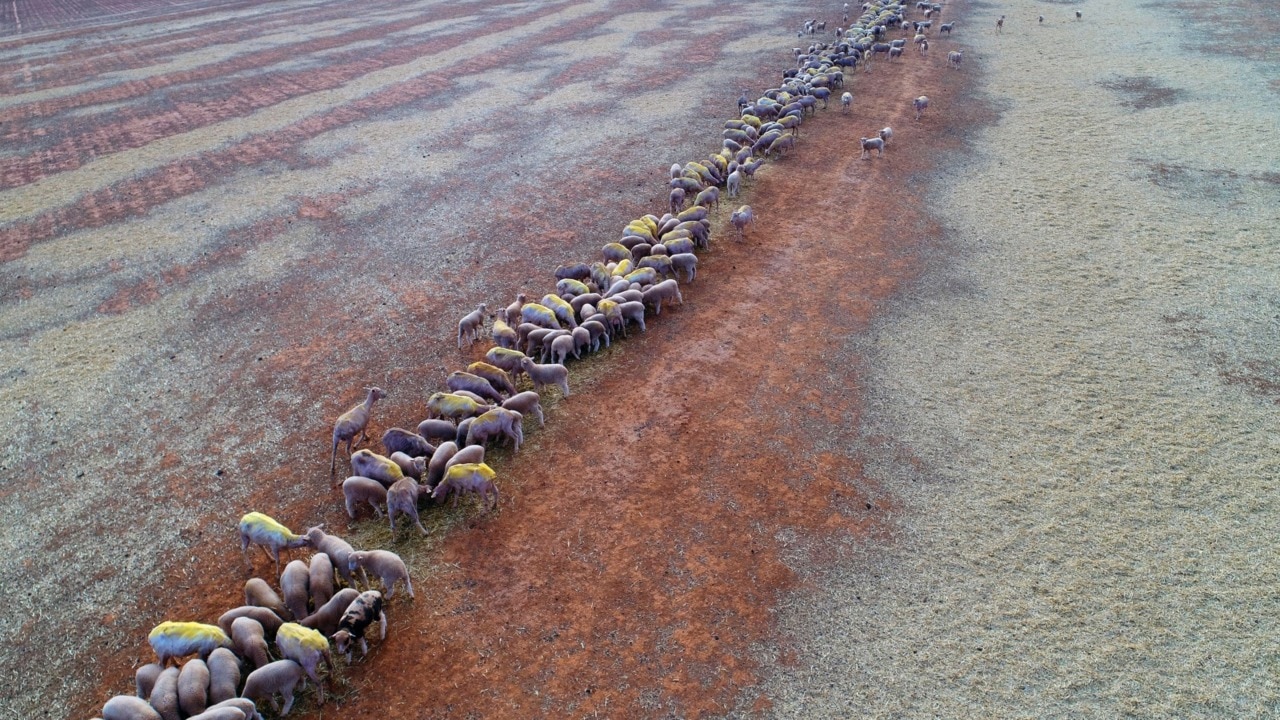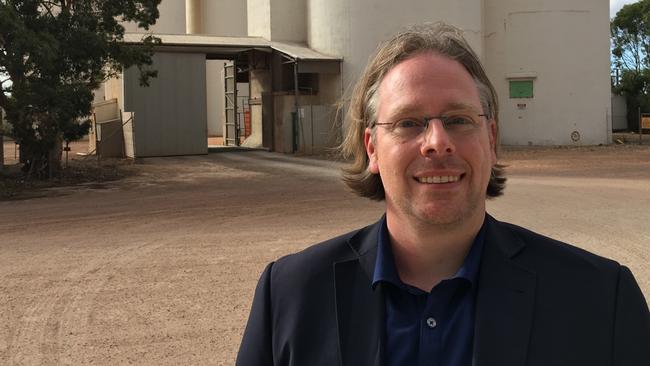Commodity outlook: Agriculture’s sunny forecast for 2024
The latest Rabobank agribusiness outlook is out, and unexpected seasonal conditions have Australian agriculture positioned for a strong year.

Unexpected seasonal conditions including summer rainfall and lower input costs have positioned agriculture for a strong 2024.
But global dynamics and issues surrounding freight could still plague the industry throughout the year.
The latest Rabobank agribusiness outlook, published today, reports a combination of “better than expected” seasonal conditions and a softening in farming input costs had injected the sector with confidence.
RaboResearch general manager Australia and New Zealand Stefan Vogel said Australia’s grains and livestock industries stood to gain the most from a boost in moisture levels.
“The rain fell on most of the eastern half of Australia, and the impact was while those who had flooding had issues, on the larger scale it brought confidence back into the sectors,” Mr Vogel said.
He said sheep producers in particular now had the option to hold on to lighter lambs with grass feed to carry stock through for the heavier lamb market and its price premium.
“Good rain in November already brought some relief, and that’s really helping to get the cattle market to the point where there’s no need to reduce stock, and producers can focus on producing cattle again,” Mr Vogel said.

While well-timed rain at winter sowing was still needed to carry the grains industry through, boosted soil moisture profiles had injected a sense of optimism into Australia’s grains industry.
A combination of lower input costs and a return to the 10-year average for commodity prices would work to further improve the outlook for producers this season, Mr Vogel said.
The Rabobank report forecast local nitrogen fertiliser costs would decline by 10 to 20 per cent and phosphate by 10 to 15 per cent this year compared with 2023 prices.
And the Australian market could still face headwinds from international consumer price pressures affecting demand for Australian produce.

And a predicted plateau in interest rate rises could further improve the outlook.
“2022 was the year of strong increases in rates, 2023 we saw a little more balance, and 2024 will be the year it’ll plateau for most of the year,” Mr Vogel said.
“We expect a rate cut perhaps late this year, and it’ll depend on whether consumer prices continue to decline.”





